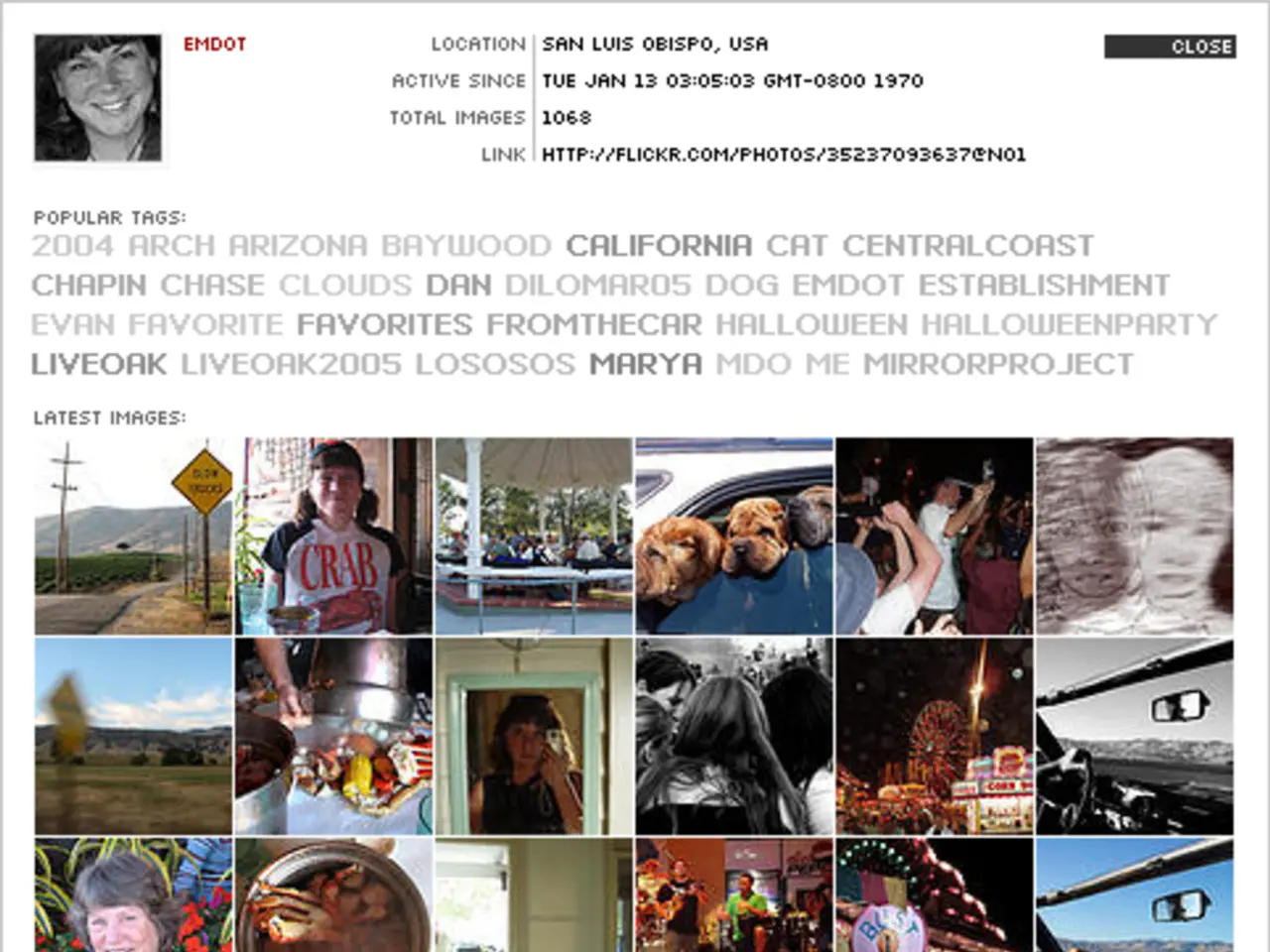Comprehensive Overview of Font Licensing for Graphic Designers
Fonts, beyond their aesthetic appeal, are software that require a license for use. This article aims to demystify the various types of font licenses and their applications, helping users make informed decisions when choosing fonts for their projects.
Common Font Licenses
Desktop License
A Desktop License allows users to install the font on their computers for use in static digital documents like PDFs or printed materials. It is the most common license type used for personal or professional desktop publishing. However, it does not usually cover web use or embedding in apps. Usage is limited to the number of computers specified in the license.
Webfont License
A Webfont License permits embedding the font on websites via @font-face CSS rules, usually delivered via a web font service or hosting the font file yourself. Pricing and availability often depend on the amount of traffic or number of page views on the website. It ensures licensing specifically for dynamic digital display on the internet.
App or ePub License
An App or ePub License allows embedding the font within mobile apps, eBooks, or electronic publications. These licenses usually specify which platforms and types of software the font can be embedded in. It is important for interactive or digital product developers.
Server or SaaS License
A Server or SaaS License permits the font to be installed on a server for use in generating documents or images dynamically, for example, personalized PDF generation from a server. It is usually restricted by the number of users or volume of generated content. Different from desktop and web licenses, this is for backend usage.
Open Source License
An Open Source License allows free use, modification, and distribution, often covering both personal and commercial use without cost. Typically, it has fewer restrictions but requires attribution or preservation of license terms. Examples include fonts like Lora, which are freely usable and versatile.
Custom or Extended License
A Custom or Extended License covers wider usages such as merchandise, broadcasting, or unlimited commercial usage. Often negotiated specifically due to unique or high-impact use cases.
Differences in Usage
| License Type | Usage Allowed | Restrictions | Typical Use Cases | |----------------------|------------------------------------------------|------------------------------------|-----------------------------------------| | Desktop License | Install on computer for print/static graphics | Number of devices, no web/app use | Brochures, PDFs, presentations | | Webfont License | Embed fonts on websites via CSS | Traffic limits, no desktop use | Websites, online content | | App/ePub License | Embed fonts in mobile apps or eBooks | Platform-specific | Mobile apps, eBooks | | Server/SaaS License | Use fonts on servers to generate dynamic content| User/volume limits | Automated PDF generation, backend tools | | Open Source License | Free use with attribution or license preservation| Fewer restrictions | Websites, print, commercial projects | | Custom/Extended | Broad/unique uses like merchandising | Negotiated terms | Large commercial or broadcast projects |
The key difference lies in where and how the font files can be used according to licensing — desktop vs. web, static vs. dynamic, or free vs. paid usage—and each license restricts or enables specific contexts to protect the font creator’s rights.
Special Mention: Exclusive Font Licenses and Adobe Fonts
Exclusive font licenses, costing over $30,000/£30,000, allow a client to be the only organization able to use the fonts. Adobe Creative Cloud package includes Adobe Fonts (formerly TypeKit), offering desktop licenses for over 20,000 fonts. However, Adobe Fonts may require a separate license for web use, and they cannot be used in server applications or mobile apps without additional licenses.
Importance of Checking Font Licenses
Checking font licenses is important, especially for client work, to avoid licensing issues and ensure clear agreement on costs and responsibilities. Many free fonts have strict conditions allowing personal use only, and commercial use requires a paid license. When unsure about the required license, it's best to consult with the type designers to ensure all parties have the right license.
Free Options: Google Fonts
Google Fonts offers over 1,500 options that can be used in print, web, and app projects under Google's free Apache License. This provides a cost-effective solution for users seeking a wide variety of fonts for their projects.
- Beyond just their visual appeal, fonts are software that necessitate a license for implementation.
- The most common license type, the Desktop License, permits font installation on computers for use in static digital documents and printed materials.
- A Webfont License allows embedding fonts on websites via CSS rules, delivering fonts via a web font service or hosting the font files oneself.
- An App or ePub License allows embedding fonts within mobile apps, eBooks, or electronic publications, with usage specifications for platforms and software types.
- A Server or SaaS License enables the font to be installed on a server for generating dynamic content, often restricted by the number of users or volume of generated content.
- An Open Source License supports free usage, modification, and distribution, often catering to both personal and commercial projects without cost.
- Custom or Extended Licenses cover wider usages like merchandising, broadcasting, or unlimited commercial usage, usually negotiated for unique or high-impact use cases.
- Exclusive font licenses cost over $30,000/£30,000, allowing a customer to be the only organization that can use the fonts. Adobe Creative Cloud's package offers desktop licenses for over 20,000 fonts, but additional licenses may be required for web use and mobile apps.




